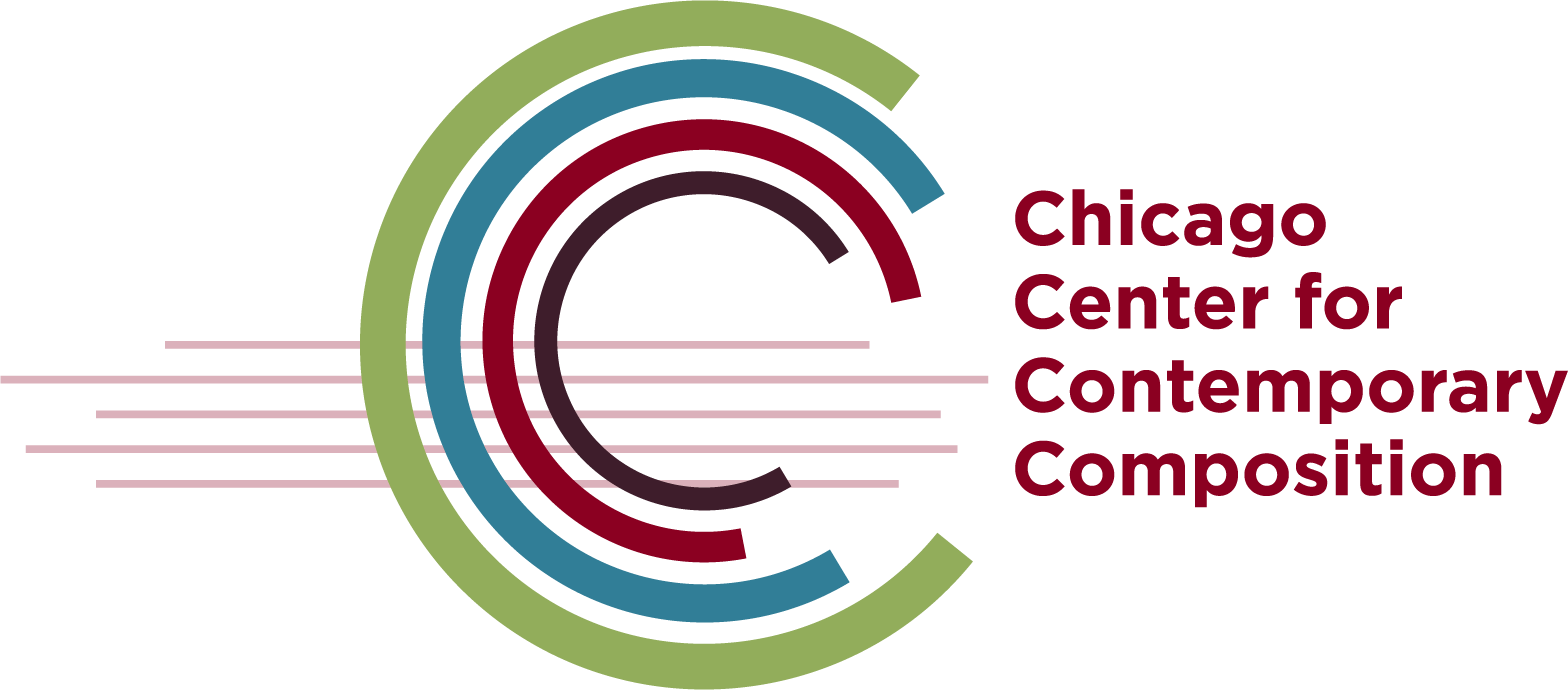
The generation-spanning Fountain of Time is an intriguing peek into Chicago new-music lab the Grossman Ensemble
by Hannah Edgar for the Chicago Reader
The Grossman Ensemble could be thought of as a new-music incubator. The resident ensemble of the Chicago Center for Contemporary Composition (CCCC) at the University of Chicago, the 13-piece group—which comprises some of the best contemporary players in the city—rehearses extensively with composers over the course of several weeks. Some of their commissions emerge collaboratively from a nearly blank page, with composers drawing on the group’s input to flesh out their ideas. Others arrive on the members’ music stands with every staccato dotted and tremolo crossed. No matter how the compositions arise, they must fit the ensemble’s idiosyncratic instrumentation: flute, saxophone, clarinet, oboe, horn, piano, harp, percussion, and string quartet. Fountain of Time, the ensemble’s debut release (out on the CCCC’s own label), collects five of the 24 pieces commissioned by the center during the Grossman’s first two seasons. Casual listeners may be put off by the homogeneity of the works; not only do they share the same instrumentation, but many of them also bank on somewhat cliched whiz-bang contrasts. But the record rewards repeat listenings. Shulamit Ran’s glittery Grand Rounds chases its own tail before whirling itself into lassitude; Anthony Cheung’s sinuous, often ambiguous three-movement work, Double Allegories, is similarly intoxicating. David Dzubay’s PHO, whose title is an astronomical abbreviation for potentially hazardous objects whose orbits could put them on a collision course with Earth, is appropriately taut and cinematic. Even so, the most indelible contributions on Fountain of Time come from younger composers. Clay Mettens’s hypnotic and lithe Stain, Bloom, Moon, Rain constructs a riveting drama out of humble building blocks, while Tonia Ko—a ubiquitous name on local new-music marquees for the past few seasons—offers a sensuous petting zoo of sounds in Simple Fuel.
View the review online at the Chicago Reader.
